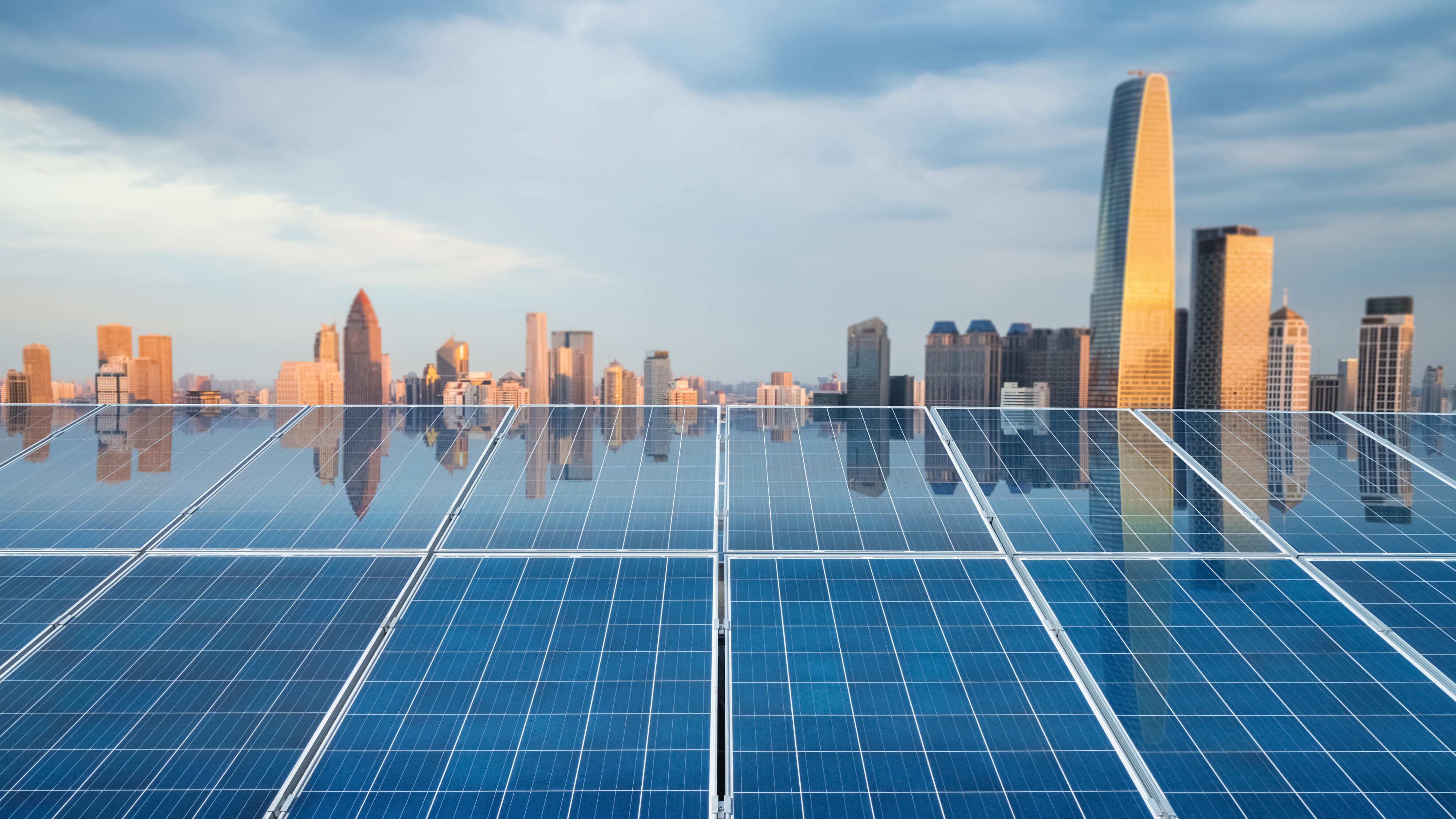How the circular economy can help us achieve the Global Goals

This is part of a series on the Global Goals for Sustainable Development, in collaboration with the Stockholm Resilience Centre. This article focuses on goal 12 – Ensure sustainable consumption and production patterns.
Last week, the United Nations gathered in New York City to adopt the Sustainable Development Goals (SDGs), a set of 17 objectives that rely on more than 150 specific targets. In the wake of the Millennium Development Goals, which spanned the period between 2000 and 2015, these SDGs explicitly address the impact of a tidal wave of economic change, which we are witnessing at a global level. Can that wave’s power be harnessed to create an upward spiral?
If the sheer scope of the SDGs looks ambitious, it’s because what is at stake is a systemic, multi-stakeholder, all encompassing shift. One that notably attempts to see beyond the industrial revolution-inherited, linear, extractive model of “take, make, dispose”, to shape positive solutions. Moving towards systemic change such as powering the economy with renewable energy, and with the regeneration of natural capital being high on the list of priorities – to reap societal and environmental benefits along with economic ones. Source: Jakob Trollbäck
Source: Jakob Trollbäck
Research carried out by the Ellen MacArthur Foundation team, with analytical input from McKinsey, leads us to believe that the circular economy model has a lot to contribute to this laudable agenda: providing a profitable opportunity to move away from resource-intensive processes, whilst maximising the use of existing assets and creating new revenue streams. Our latest report, supported by SUN, concludes that a circular economy can boost gains brought about by the impending technology revolution, and in the case of Europe double that positive impact to generate an annual net benefit of €1.8 trillion by 2030. This would dampen the rebound effect, which turns reduced costs into increased levels of consumption, by achieving ‘growth within’ through extracting value out of existing stocks.
Looking at the built environment, mobility and food, we have demonstrated that the circular economy would also have significant impacts on the environment, since carbon dioxide emissions would halve by 2030, relative to today’s levels. These are compelling figures, which make a strong case for an accelerated transition, and capture the imagination of policymakers and business leaders alike. Reinventing a regenerative food system, based on the optimisation of nutrient loops, would also help with several subjects tackled by the SDGs (water impact, biodiversity, nutrition…) – as the linear industrialised current model is responsible for significant negative externalities. It makes business sense, through the valorisation of agricultural by-products for high-value molecular extraction, energy production and dramatically reduced needs for expensive chemical fertilisers.
As Professor Johan Rockström recently pointed out, the classic “hockey stick” curve shape does not only reveal negative factors, it “also applies to opportunity”. “Many analysts”, he wrote on this very website last week, “indicate we are on the verge of a new revolution, from digital highways to nanotechnology, biotechnology, clean energy systems and sustainable farming systems”. This revolution has to be guided by a clear vision to deliver positive impacts, and it’s invigorating to see circular models being taken up and implemented by businesses and governments alike. In Europe, EU Commission First Vice-President Frans Timmermans notably made this path a priority, whilst acknowledging that “The SDGs will shape our development policy, and infuse our policies abroad and at home.” Such a convergence between bold objectives and a credible framework is encouraging.
Efforts remain to be made in the field of materials science, education, design, business models favouring access over ownership and investment in infrastructure, but the early signs of a transition are firmly in place. Moreover, the SDGs seem to generate an unprecedented level of collaboration between all the stakeholders, with business intent on playing a leading role.
Have you read?
Will some countries be 100% renewable by 2030?
How can we eradicate poverty by 2030?
10 facts about the Sustainable Development Goals
Author: Ellen MacArthur, Founder, Ellen MacArthur Foundation, United Kingdom
Guest editor of this series is Owen Gaffney, Director, International Media and Strategy, Stockholm Resilience Centre and Future Earth
Image: Two people chat next to a stairwell at the ‘Berlin-Brandenburgische Akademie der Wissenschaften’ (Berlin-Brandenburg Academy of Sciences and Humanities) in Berlin. REUTERS/Tobias Schwarz
Don't miss any update on this topic
Create a free account and access your personalized content collection with our latest publications and analyses.
License and Republishing
World Economic Forum articles may be republished in accordance with the Creative Commons Attribution-NonCommercial-NoDerivatives 4.0 International Public License, and in accordance with our Terms of Use.
The views expressed in this article are those of the author alone and not the World Economic Forum.
Stay up to date:
Sustainable Development
Related topics:
Forum Stories newsletter
Bringing you weekly curated insights and analysis on the global issues that matter.
More on Economic GrowthSee all
Rishika Daryanani, Daniel Waring and Tarini Fernando
November 14, 2025







